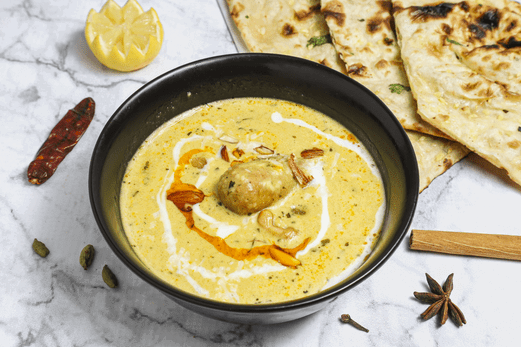How to Tell If You’re Eating Authentic Indian Cuisine in Dubai
Indian food is as much about heritage as it is about taste. What lands on your plate should carry tradition, care, and honesty in how it’s made. A few key signs can help you tell if what you’re eating holds true to its roots.
Look for Regional Identity
India’s cooking isn’t one style. Each region shapes its own. In the north, you’ll often see rich gravies, tandoor breads, and dairy like paneer or ghee. Travel south, and rice, coconut, tamarind, and lentils take over the table. A genuine place, like many of the fine dining Indian restaurants in Dubai, will know its focus — either embracing one region with depth or showing a clear variety. A menu that throws random dishes together without connection is usually a clue you’re getting a stripped-down version.

Image via Flavours of India Dubai
Fresh, Distinct Spices
Real Indian cooking leans on fresh, whole spices, and a place like Flavours of India Dubai will always serve you the freshest of Indian food. Cumin seeds popping in hot oil. Cardamom pods are split open for their scent. Curry leaves sizzle until fragrant. You should see and be able to smell the difference between spices toasted from scratch and dull, pre-mixed powders. A dish without that layered aroma likely skipped a few important steps.
Flavours That Play Together
Indian food is about balance. Heat from chilli, tang from tamarind, sweetness from jaggery, earthiness from lentils — all in proportion. Bite into a well-made curry and the flavours arrive in waves, not all at once. One note shouldn’t drown the rest. If all you can taste is chilli burn or a heavy hand of cream, something’s missing.
How It’s Made Matters
Time is a quiet ingredient here. Curries work best when they simmer long enough to break down spices and thicken naturally. Naan or roti made to order has a puff and chew you can’t fake. Tandoor meats carry the char of real high heat, not an oven shortcut. Paneer made in-house has a freshness that shop-bought blocks can’t match. A kitchen that prepares its basics on site is working closer to tradition.
Portions and Serving Style
A thali — that round metal platter with small bowls — is more than presentation. It’s a set of balanced elements: bread or rice, vegetables, dhal, something tangy, something crunchy. Even without the full thali, portions shouldn’t feel odd or mismatched. Generous doesn’t mean overloaded; it means complete and satisfying.
Who’s Eating There
Look at the tables around you. If you see Indian families, students, or nearby workers stopping in regularly, it’s usually a good signal. People who grew up with the flavours can tell instantly when something tastes right. A steady local crowd usually speaks louder than a flashy menu.
Staff Who Know the Food
In an authentic place, questions are welcomed. Ask what’s in a dish and you might get a short story along with the answer — maybe about a spice mix their mother still makes, or why a certain bread goes with that curry. That pride usually reflects the same care in the kitchen.
A Focus on the Meal, Not the Décor
True spots don’t hide behind themed props or elaborate décor. The space might be modest, but the care is in the cooking. You’re there for the food, and they know it.
Let the Taste Decide
In the end, your tongue will tell you. Good Indian food unfolds slowly in flavour, texture, and aroma. It leaves you curious for one more bite, not just full. You taste freshness, you feel balance, and nothing seems forced. Finding a place that serves the real thing changes the way you eat from then on. Once you know the difference, you start looking for it every time.
